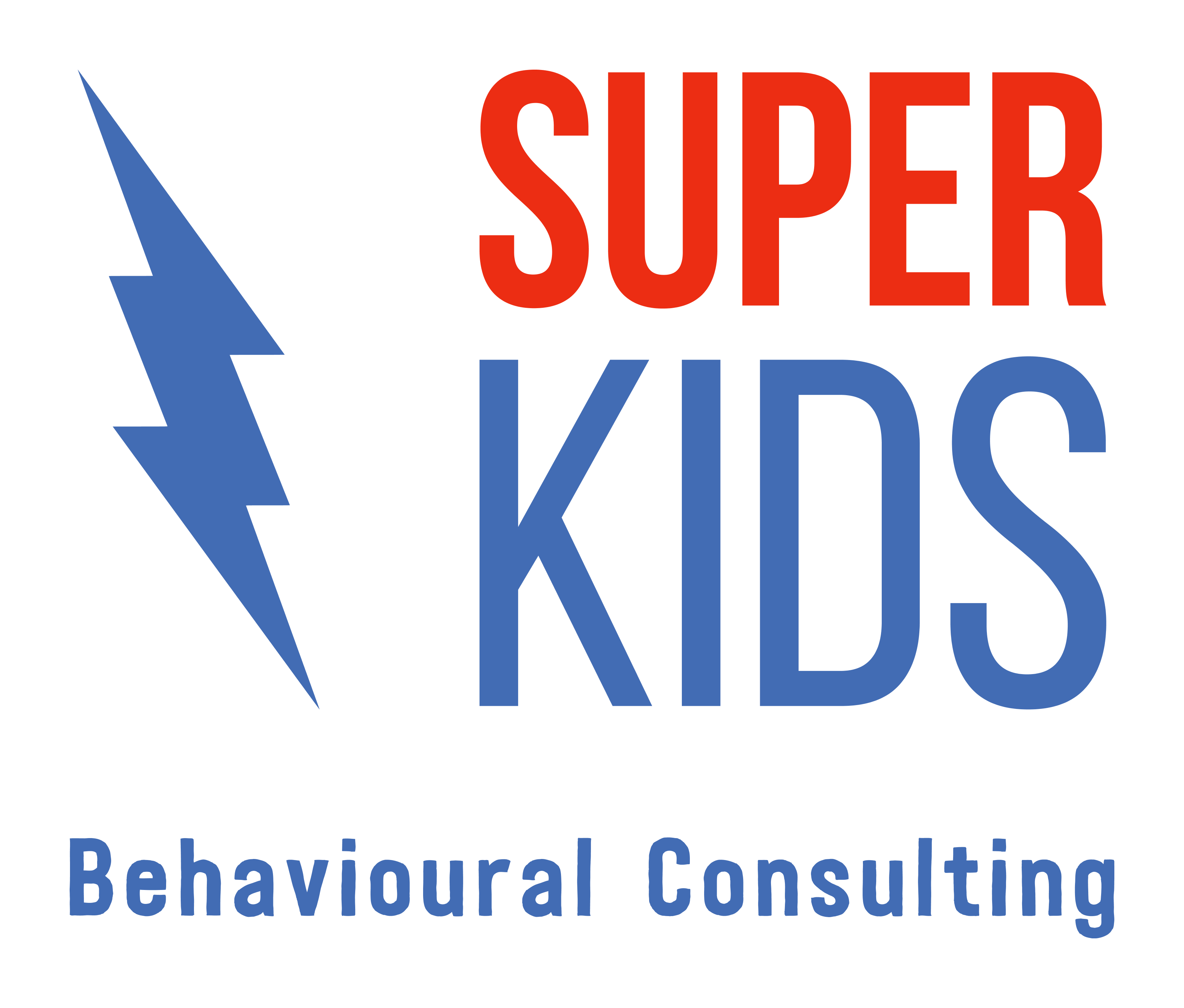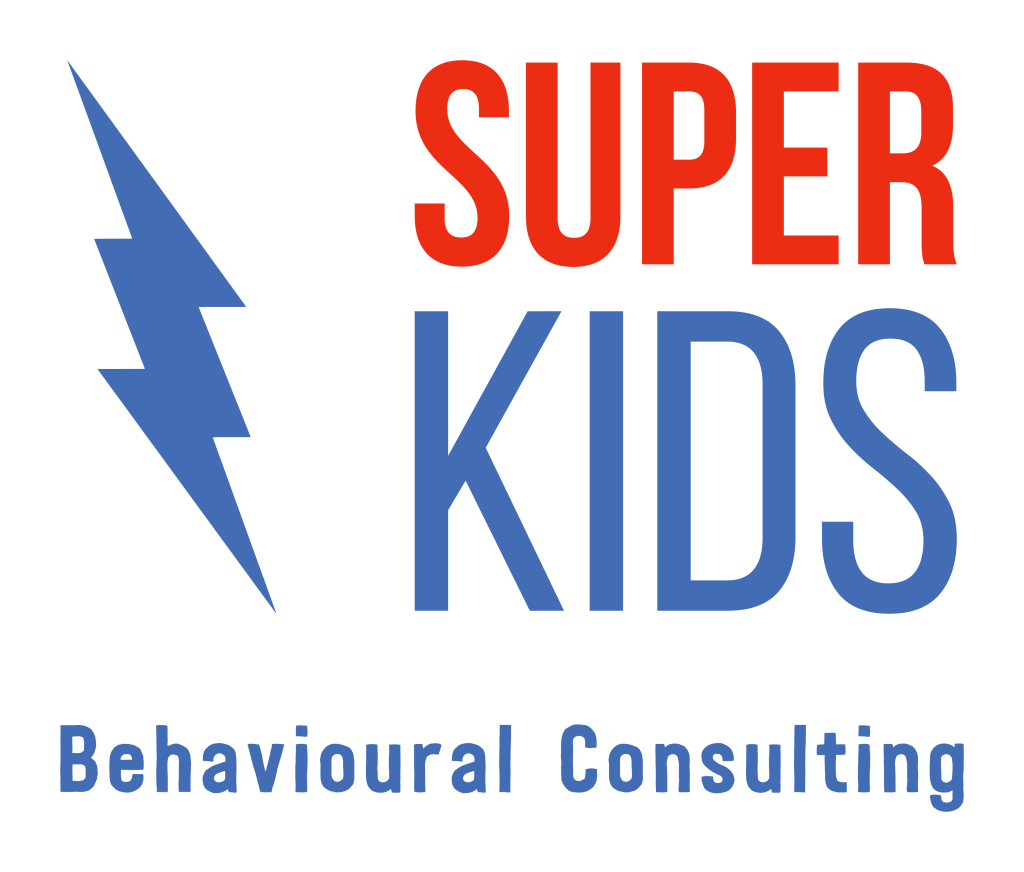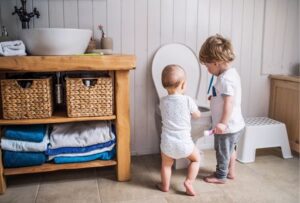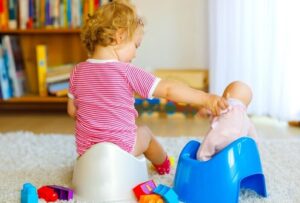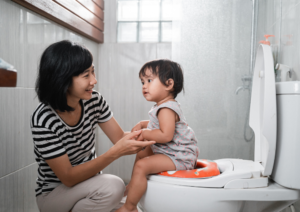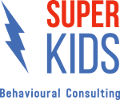What is the best time to potty train?

Renee Collins
Clinical Director
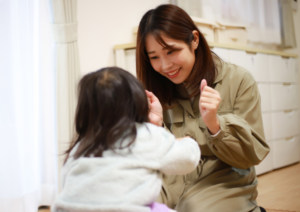
Beginning toilet or potty training is a significant milestone for both parent and toddler alike. One of the most common questions parents grapple with is: When is the best time to potty train? The answer isn’t one-size-fits-all; rather, it’s a nuanced consideration that involves understanding your child’s developmental readiness and the resources available.
Most children start potty training between 18 and 24 months (1). This may be attributed to the use of disposable nappies, many working parents that have less time available to train their children, and that parents consider their children “young” to be trained before 24 months (1). The 3 factors that are consistently associated with later onset of potty training include initiation of toilet training at an older age (demonstrating that waiting longer doesn’t mean that your child will naturally initiate), presence of stool toileting refusal, and presence of frequent constipation (2).
Potty training readiness signs
There is no consensus on when the ‘best’ time to potty train is, which readiness signs to look for, or how many readiness signs you should see before starting toilet training (3). Common readiness signs you might have heard of include:
- Showing an interest in using the potty or toilet
- Staying dry for 2 hours
- Indicating a need to go to the bathroom
Signs of toilet training readiness are generally factors that are related to physical abilities (e.g. the child’s musculature and reflex sphincter control), or cognitive abilities (e.g. their understanding of toileting-related words, their interest in toilet training, and their ability to indicate of a wet nappy (4). Most children do not master these readiness skills until after 24 months of age but this may vary by as much as a year (5).
Also, despite the provision of typical toileting instruction, not all children acquire the skills necessary to identify the need to wee or poo, obtain access to the toilet, and then use the toilet appropriately, particularly those with developmental disabilities. So, whilst there are some common signs, these are not always necessary for all individuals and not having them is not a reason to delay toilet training.
At Super Kids, we usually suggest that the most important skills to consider are:
- Have the ability to sit appropriately on the toilet for at least three minutes
- Have a bladder capacity that allows them to hold and remain dry for approximately 1-2 hours between urinations
- Follow instructions and cooperate when asked (e.g. “sit on the toilet” and “go to bathroom”)
- Have minimal interfering problem behaviour (eg: aggression, self-injury)
Additional skills that are helpful but not always necessary:
- Have an understanding of the contingency of something good and getting a reward
- Can complete a few basic self-care skills (such as lowering their own pants)
Should you start potty training before 12 months (1 year old)?
Research indicates that commencing toilet training at a very early age (i.e., before 12 months) typically does not significantly affect the age of completion (6). This means it will be completed at a similar age to their peers who start when they are older. It is no faster than children who start at an older age (7; 8).
Should you start potty training between 1-2 years old?
A variety of studies have found that the earlier toilet training began, the earlier it was completed. However, when toilet training began at an earlier age (such as 18 months), it took significantly longer to complete. For example, when children began training between 21 and 24 months of age, it took an average of 14 months to complete training; whereas training begun between 33 and 36 months of age took an average of only about 5 months to complete.
For these younger children, between 1-2 years of age, toilet training often had less adverse effects. For example: a lower likelihood of urinary tract infection or incontinence (9) .
Should you start potty training after 2 years old?
There is evidence that initiating toilet training after 24 months is associated with problems attaining and maintaining bladder control (10). It is also associated with higher odds of daytime wetting, delayed acquisition of daytime bladder control, or relapse in daytime wetting when compared with children whose toilet training was initiated between 15 and 24 months (10).
Recent studies indicated higher incidence of incontinence and urinary tract infections when children were trained after 18 months (9; 10) and this is more likely when toilet training begins after 42 months (11).
In summary, there is no best time or correct age to begin potty training, and that “there are essentially no data on which readiness skills should guide parents in determining when to begin toilet training.” (2). The current research suggests you may choose to begin toilet or potty training around 24 months of age, with the expectation that many children achieve success by 36 months and nearly all by 48 months. Gender may also play a role in this as girls achieve nearly all toilet-training skills earlier than boys, including successful completion (5). There isn’t a precise timing to commence toilet training or a specific age by which children should be expected to be trained, as individual differences also play a significant role in learning this skill.
References:
- Albaramki, J. H., Abdelghani, T., Dalaeen, A., Khdair Ahmad, F., Alassaf, A., Odeh, R., & Akl, K. (2019). Urinary tract infection caused by extended-spectrum β-lactamase-producing bacteria: Risk factors and antibiotic resistance. Pediatrics international : official journal of the Japan Pediatric Society, 61(11), 1127–1132. https://doi.org/10.1111/ped.13911
- Blum, N. J., Taubman, B., & Nemeth, N. (2004). Why is toilet training occurring at older ages? A study of factors associated with later training. The Journal of pediatrics, 145(1), 107–111. https://doi.org/10.1016/j.jpeds.2004.02.022
- Kaerts, N., Van Hal, G., Vermandel, A., & Wyndaele, J. J. (2012). Readiness signs used to define the proper moment to start toilet training: a review of the literature. Neurourology and urodynamics, 31(4), 437–440. https://doi.org/10.1002/nau.21211
- Vermandel, A., Van Kampen, M., Van Gorp, C., & Wyndaele, J. J. (2008). How to toilet train healthy children? A review of the literature. Neurourology and urodynamics, 27(3), 162–166. https://doi.org/10.1002/nau.20490
- Schum, T. R., Kolb, T. M., McAuliffe, T. L., Simms, M. D., Underhill, R. L., & Lewis, M. (2002). Sequential acquisition of toilet-training skills: a descriptive study of gender and age differences in normal children. Pediatrics, 109(3), E48. https://doi.org/10.1542/peds.109.3.e48
- Largo, R. H., Molinari, L., Von Siebenthal, K., & Wolfensberger, U. (1999). Development of bladder and bowel control: significance of prematurity, perinatal risk factors, psychomotor development and gender. European journal of pediatrics, 158, 115-122.
- Foxx, R. M., & Azrin, N. H. (1973a). Dry pants: A rapid method of toilet training children. Behavior Research & Therapy, 11, 435–442.https://doi.org/10.1016/0005-7967(73)90102-2
- Matson, J. L., & Ollendick, T. H. (1977). Issues in toilet training normal children. Behavior Therapy, 8(4), 549–553.
- Joinson, C., Heron, J., Von Gontard, A., Butler, U., Emond, A., & Golding, J. (2009). A prospective study of age at initiation of toilet training and subsequent daytime bladder control in school-age children. Journal of developmental and behavioral pediatrics : JDBP, 30(5), 385–393. https://doi.org/10.1097/dbp.0b013e3181ba0e77
- Bakker, E., Van Gool, J. D., Van Sprundel, M., Van Der Auwera, C., & Wyndaele, J. J. (2002). Results of a questionnaire evaluating the effects of different methods of toilet training on achieving bladder control. BJU international, 90(4), 456–461. https://doi.org/10.1046/j.1464-410x.2002.02903.x
11. Taubman, B., Blum, N. J., & Nemeth, N. (2003). Stool toileting refusal: a prospective intervention targeting parental behavior. Archives of pediatrics & adolescent medicine, 157(12), 1193–1196. https://doi.org/10.1001/archpedi.157.12.1193
Super Kids acknowledges each individual’s personal preference to use identity-first or person-first language to describe themselves or their loved one. We interchangeably use both language conventions and therefore refer to both Autistic children and children with Autism.
